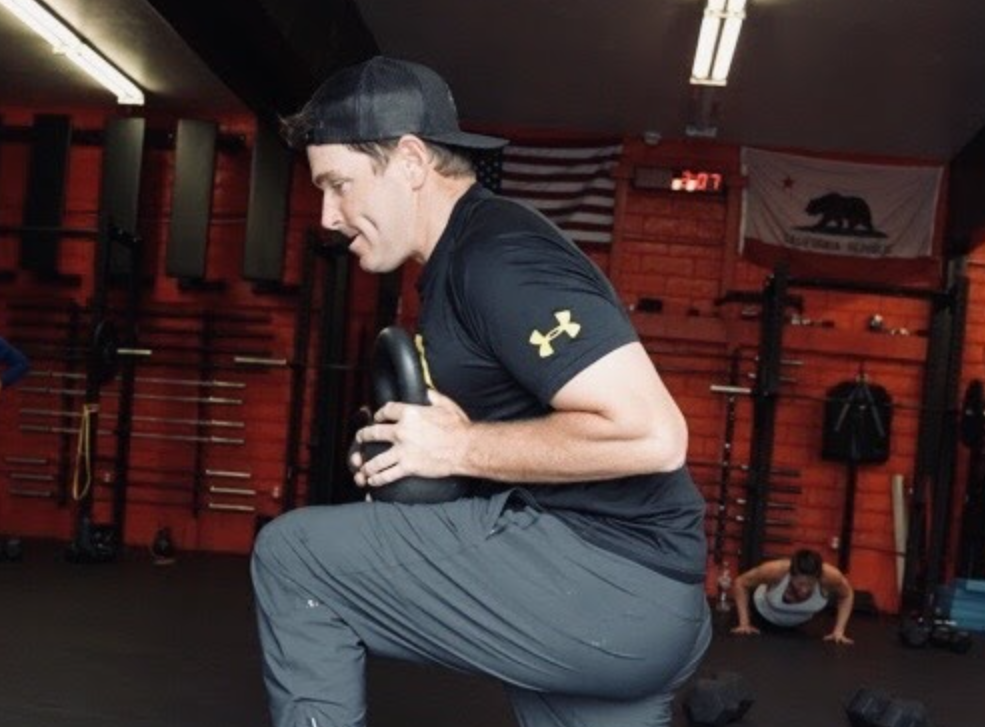
A relentless exploration into your weaknesses is the single most important action most leaders are not doing for themselves and their colleagues. It’s more difficult at every turn than focusing your strengths and the strengths of those around you, but I’m here to tell you that it’s worth it, nonetheless
From best selling critically acclaimed books like Strength Finder 2.0 and generational maxims like, “Play to your strengths,” how are we to conceptualize an approach that asks us to do the opposite? The evidence is mounting beyond fringe teachings at the Hold the Standard Summit and the brilliant work of a few leading positive psychologists that preceded it. The deliberate focused attention on our weaknesses might be the single best way to win in business and beyond.
What’s so wrong with a strengths-based approach, you ask? There’s a great deal wrong. In fact, many of the seemingly powerful arguments for sticking to your strongest guns (and outsourcing or explaining away your weaknesses) fall apart almost immediately.
For starters, the evidence shows that leaders almost never have the strengths required of their role to begin with. It’s fair to say that if we consider a certain trait a strength, you’d need to be stronger in it than most. Since there are many traits a good leader can be strong in, Korn/Ferry International did extensive research on this very fact. Their prolific paper was published in Robert Kaiser’s ‘The Perils of Accentuating the Positive”. They took sixty-seven leadership skills and competencies and ran the numbers. These include critical concepts like “command skills,” “perspective,” “learning on the fly,” “motivating others,” “ethics and values”, and the like.
They became curious about how many leaders had five “strengths” relative to their peers from the list of sixty-seven. Only 18.4% of executives and managers in their study had five of more strengths, and nearly half (46.2%) had none. Many men and women who think they’re uniquely positioned to lead because of their strong suit is their “command skills” are in fact unremarkably savvy in this area, for example.
In their words, “These are interesting findings. If you have to make a career out of five strengths, you better make sure you have five strengths that stand out relative to your peer group. Many people don’t have enough competitive strengths. Some people have none. If they have high career aspirations, they will be disappointed.” (18)
This brings us to another reason a strengths focused strategy is ineffective. We are good at the wrong things. Generally speaking the most difficult adaptive challenges organizations face require skills that often aren’t our celebrated strengths. In layman’s terms, companies need people to have difficult conversations. Meanwhile, many leaders are self-declaring a capacity like “inspiring commitment” as a strength when the company needs the skill of “confronting people”. Jean Brittain Leslie and Anand Chandrasekar from the Center of Creative Leadership call this the leadership gap. They propose that because of this gap between the common competencies of leaders and the common needs of organizations that “an exclusive focus on strengths in leadership development is insufficient. Second, closing the leadership gap requires that we do a better job of aligning the focus of development with organizational needs.” (35)
Finally, the 10,000 foot view of the mechanics of development signal the faults of a strengths-based approach. After all, it’s not from a focus of capacities already earned that we cover new ground. “New ground” by definition is beyond our current scope of ability and would, then, require a focus outside of the current abilities (SEE: our strengths). The mechanism for development, then, is characteristic of a focus on the uncomfortable. Since there’s not a reader of this sentence that wouldn’t find critical value in being more capable, let us hear that which we desire is made possible by accentuating the negative rather than the alternative.
4/15/21 WOD
DEUCE ATHLETICS GPP
Complete 4 rounds for quality of:
12 Landmine Overhead Reverse Lunges
12 KB Lateral Roller Lunges
Then, AMRAP 9
1, 2, 3, 4… Devils Presses (40/25)
2, 4, 6, 8… Squats
DEUCE BACKLOT GPP
Complete 3 rounds for quality of:
6-8 Deadlifts
Complete 4 rounds for time of:
15 Wall Balls
20 KB Swings
10 Burpee Box Jump Overs
20 KB Swings
15 Wall Balls
-Rest :90-
DEUCE GARAGE GPP
6-6-6-6
Barbell Reverse Lunge (ea)
Then, complete 3 rounds for quality of:
8 KB Rack Side Lunge (ea)
12 RDLs
:15 Bottom Knee Up Captain Morgan (ea)
AMRAP 7
1, 2, 3, 4.. Toes-to-Bar
1, 2, 3, 4.. Goblet Squat (70/50)

